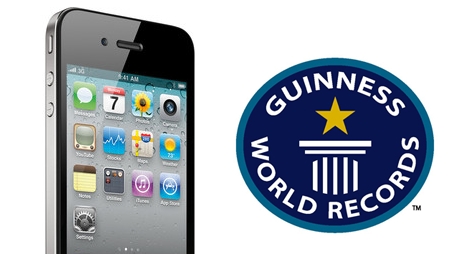If you’ve found yourself struggling to find the perfect weather app that looks great and it’s packed with functionalities at the same time, you might want to take a look at Shine, the latest entry in the weather software panorama that, at $0.99 in the App Store, provides a neat way to check on your current location’s weather, forecasts, temperature and wind speed. Shine wants to keep things simple, and for someone like me who’s no weather expert at all, the promise of offering readable weather data in a beautiful and intuitive design sounds like a major selling point, especially considering the price of one buck.
The app’s main screen lets you see your location’s weather conditions at a glance. Current weather is displayed above in a large calendar-like view with temperature, icon and wind speed, whilst a today / tonight / tomorrow forecast is embedded below with the same stats. You can assign multiple locations in the settings, and re-fetch your location by tapping on the crosshair icon in the top right. Switching between locations is as easy as sliding your finger on the location bar on top. Another feature of Shine is the extended forecast view you get by pulling up the screen with a verticals swipe; the only problem is, the app seems to be US-centric in the way it gets weather information – it relies on SimpleGeo and the National Weather service, and I wasn’t able to get forecasts or correct wind speeds in Italy. Perhaps the developers should implement Yahoo Weather data or something else to make sure Shine works across countries outside the United States.
As it stands now, Shine is a simple, beautiful weather experiment that I’m sure works perfectly in the US, but lacks the necessary data to be a hit internationally. Perhaps the developers will fix this in a future update (I sure hope so), so if you live in the US and have $0.99 to spend, give it a try. Otherwise, wait for an update.











